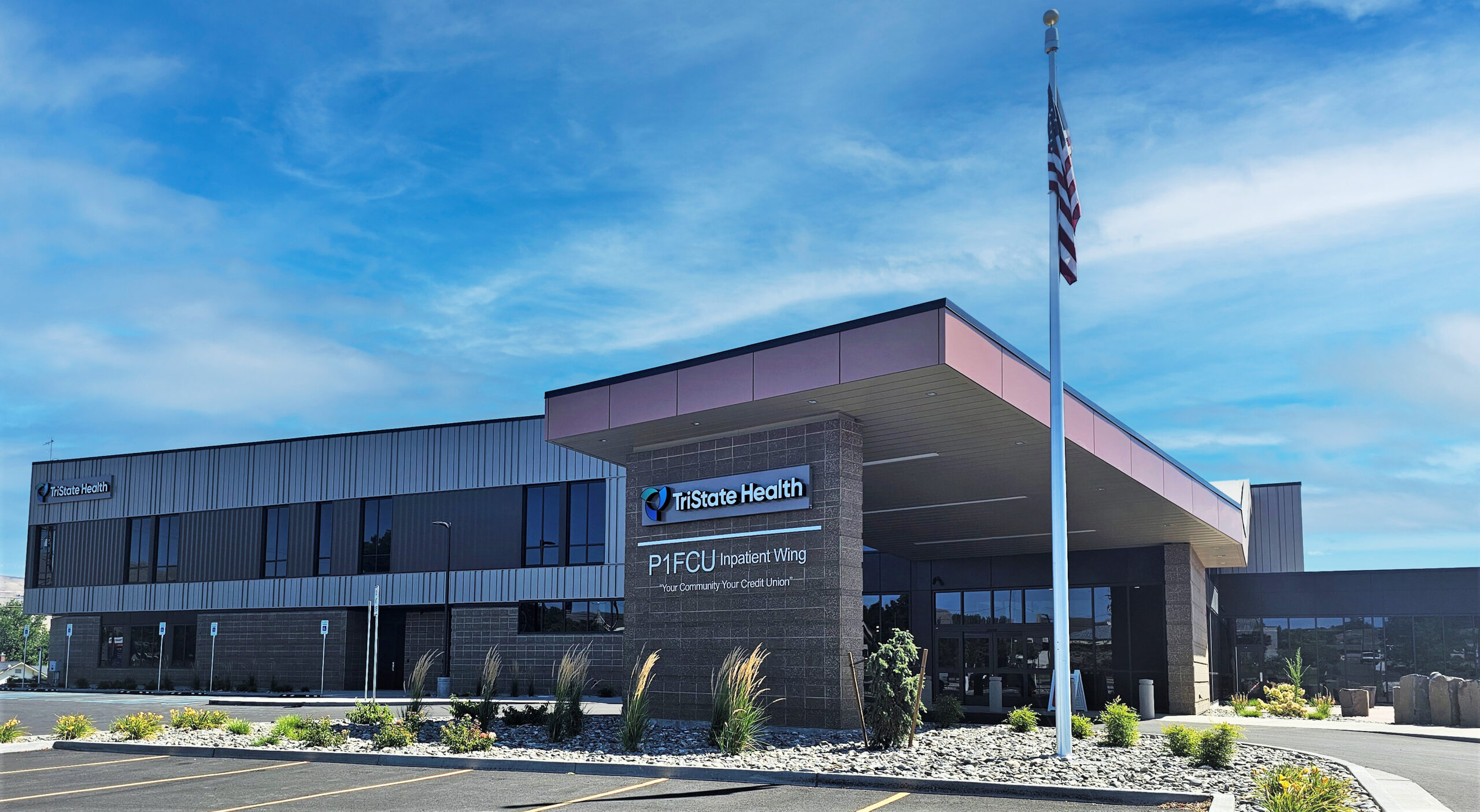Microsoft Unveils Windows Resiliency Initiative for Unbreakable Stability

UPDATE: Microsoft has just announced a groundbreaking initiative to transform Windows 11 into a fortress of stability, amid increasing concerns over system crashes and cyber threats. The Windows Resiliency Initiative, unveiled at Microsoft Ignite 2025, aims to equip PCs with enhanced recovery capabilities, ensuring users can swiftly bounce back from disasters.
This move comes as Windows 11 faces scrutiny for stability issues, particularly after the October 2025 security update rendered input devices unusable during recovery. Microsoft has already issued an emergency fix, highlighting the urgent need for robust safeguards. The initiative draws from lessons learned during the CrowdStrike outage in July 2024, which left millions of devices in an endless boot loop, demonstrating critical vulnerabilities.
Microsoft is rolling out features tailored for both everyday users and enterprise environments. A key component is Quick VM Recovery, which allows IT administrators to boot affected virtual machines into a secure environment for rapid remediation. This transformative tool reflects the company’s commitment to enhancing user experience while mitigating future risks.
The Point-in-Time Restore feature will also be introduced, allowing users to revert their systems to a stable state without the hassle of full reinstalls. This addresses persistent issues like faulty driver updates and software conflicts that have plagued Windows 11 since its launch in 2021.
For enterprise users, the Cloud Rebuild feature will revolutionize recovery options. This tool enables remote reinstallation of Windows from the cloud, circumventing local hardware failures, and is seamlessly integrated with Microsoft Intune. This will significantly reduce recovery times from hours to mere minutes, streamlining operations for businesses.
In response to past disruptions, Microsoft is enhancing the Windows Recovery Environment (WinRE). The latest updates will automatically load Ethernet drivers during recovery, with Wi-Fi support planned for future releases. This upgrade directly addresses issues highlighted by users in forums, where the October update had led to major functionality failures.
Security enhancements are also a priority. The introduction of quantum-safe encryption and hardware-level BitLocker will bolster the operating system against evolving threats. The upcoming November 2025 update (KB5068861) will feature advanced protections, including improved servicing stack capabilities, ensuring reliable updates moving forward.
“This is a long road to that end goal,”
notes a TechRadar article, reflecting cautious optimism among industry experts about the initiative’s potential. Users on social media have echoed this sentiment, praising the initiative’s promise to prevent incidents akin to the CrowdStrike event.
Microsoft asserts that the 24H2 version of Windows 11 is the most reliable yet, addressing rare stability issues in optional updates. However, challenges remain, particularly in ensuring compatibility across the diverse hardware landscape.
Furthermore, Microsoft is integrating AI within its operating system, enhancing threat detection capabilities. The company positions Windows 11 as an “agent-integrated platform,” but concerns linger regarding potential instabilities introduced by this cutting-edge technology.
Looking ahead, Microsoft plans to expand the Cloud Rebuild feature and add Wi-Fi capabilities to WinRE by mid-2026. The 25H2 update, released in September 2025, has laid foundational improvements, with over a billion users now relying on Windows 11.
This initiative signals a major shift from reactive fixes to a proactive approach in ensuring OS reliability. Individual users can expect tangible benefits, including easier rollbacks from buggy updates, significantly reducing frustration.
However, as the deadline for Windows 10 support approaches in October 2025, many users are weighing their upgrade options, balancing enhanced security against potential instability. Microsoft’s ambitious plans are set to reshape the future of Windows 11, with industry reactions indicating a strong interest in the success of these enhancements.
With ongoing discussions around these stability plans, Microsoft is poised to redefine reliability standards in operating systems. As excitement builds, users and businesses alike are encouraged to stay informed and prepared for the imminent changes.






